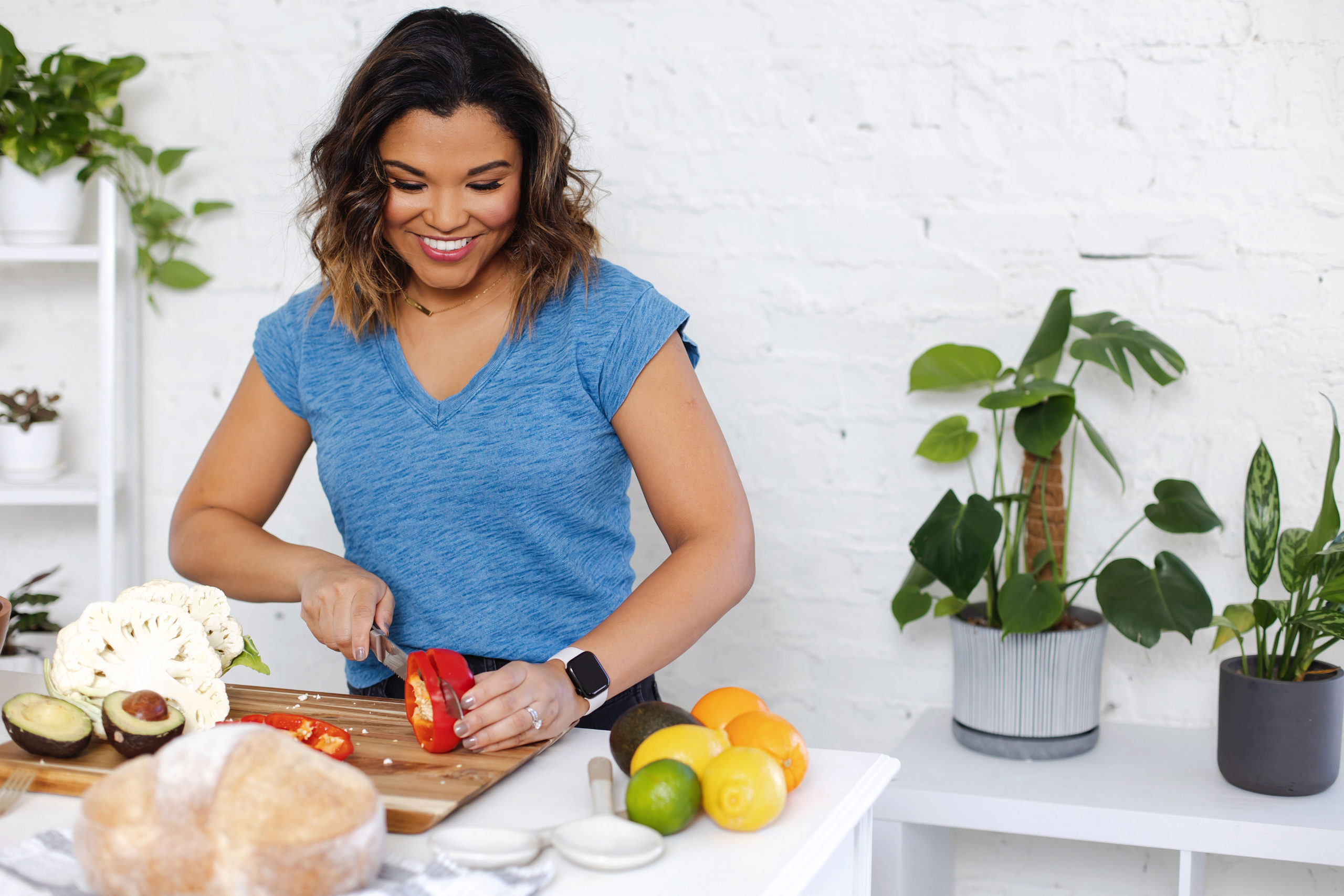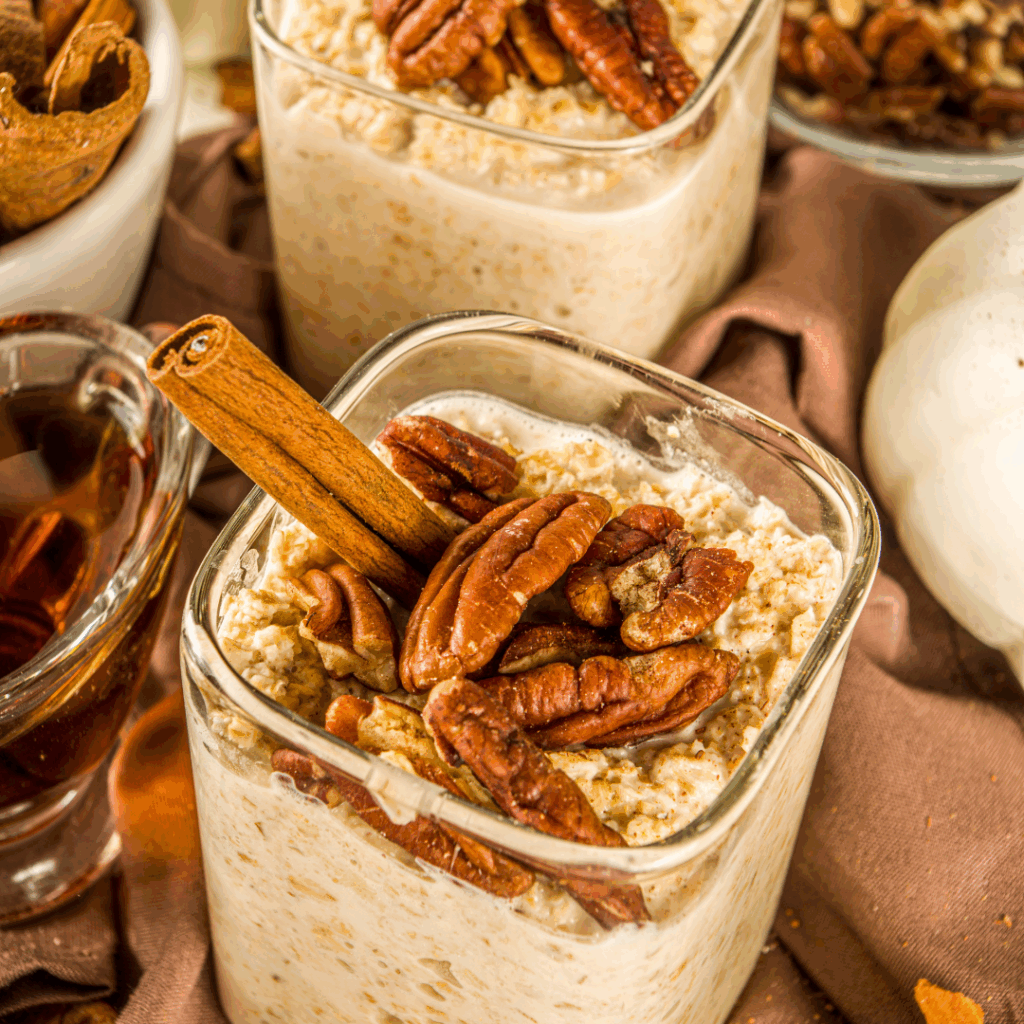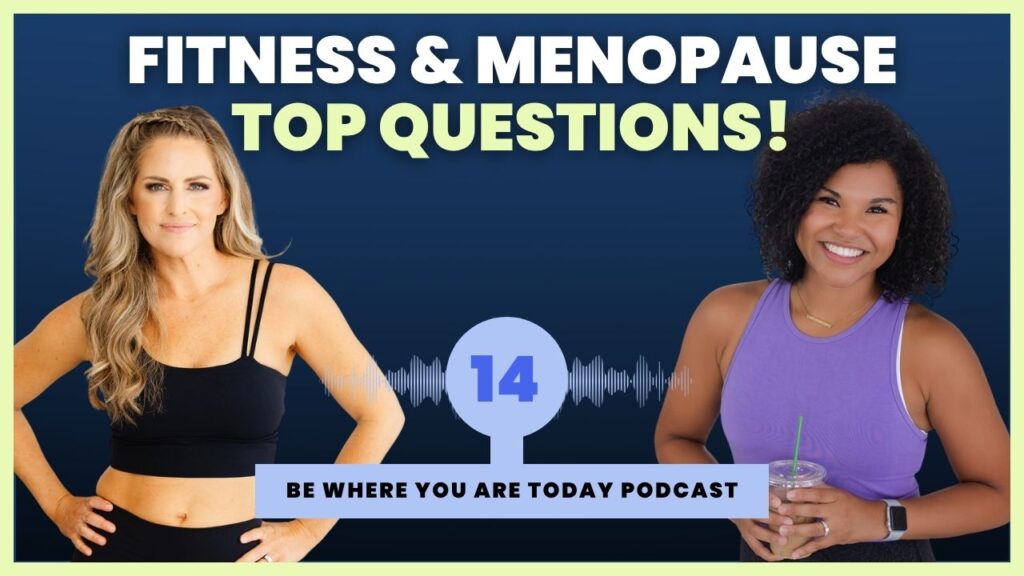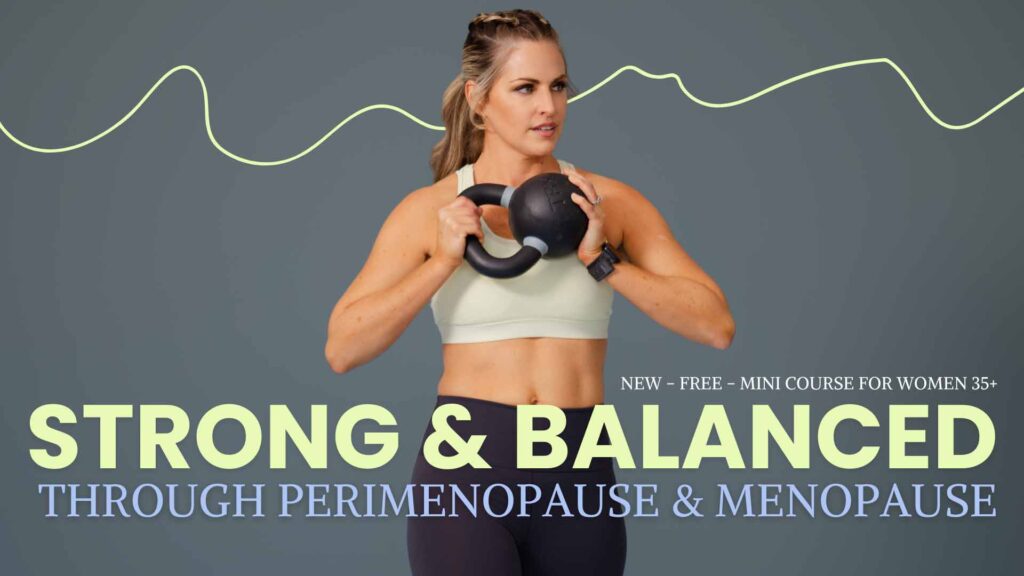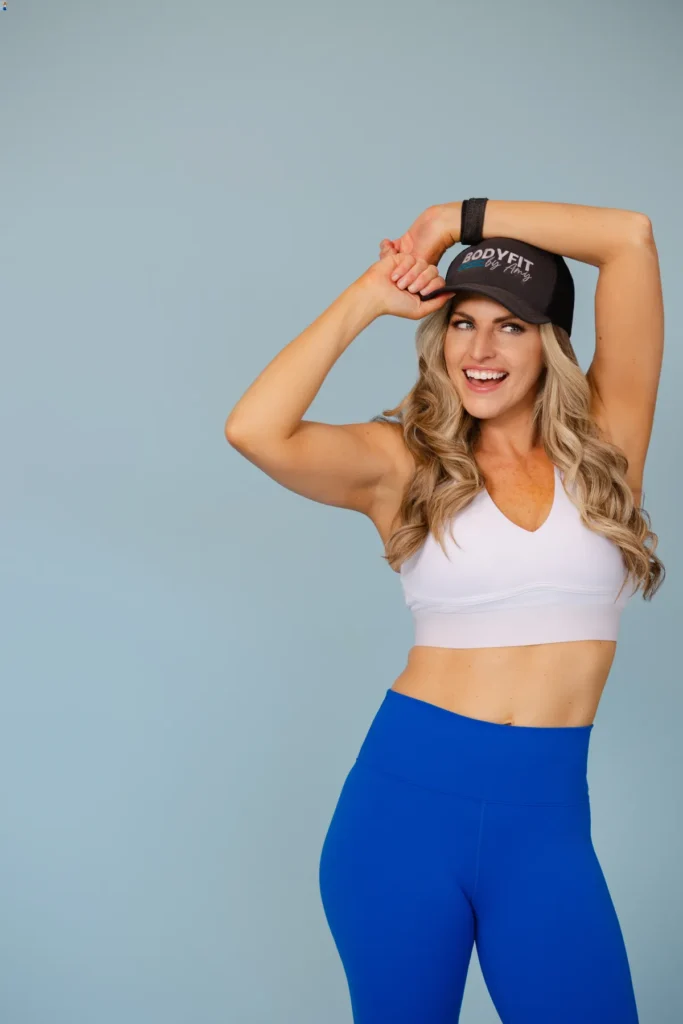How to Grocery Shop Like a Registered Dietitian Nutritionist
Hello – it’s Vivian! As a registered dietitian nutritionist (RDN), I see grocery shopping as essential to improving nutrition and well-being. One might think that shopping for nutritious foods should be relatively simple, but with the average grocery store carrying over 35,000 items, knowing what to choose can be daunting and overwhelming.
As an RDN, I love taking private clients on a grocery store tour and teaching them how to choose nutritious products that fit their health goals while factoring in the amount of time, energy, and cooking abilities they have. There are a few things I often mention during grocery store tours, and today, I am sharing some of them with you, along with the top five foods I love to recommend and get for myself every week at the grocery store.
Grocery Store Tips
Be aware of marketing tactics and health claims on food packages!
These days, food marketers have gotten very creative at slapping ALL sorts of “healthy-sounding” labels onto food packages, making it hard to know what’s *actually* nutritious and what is nutrient-void but simply sounds “healthy.” Terms like organic and non-GMO do not automatically translate to “healthy.” You can buy an all-natural, organic, gluten-free, non-GMO chocolate-covered donut, and… it’s still deep-fried (delicious!) dough with a hefty amount of added sugar and saturated fat.
The issue with trusting the labels on the package
A few years ago, a client proudly told me she bought a Low-Fat Organic Vanilla yogurt. She was proud of choosing a ‘simpler’ flavor like vanilla versus her usual cheesecake or brownie-flavored yogurts. When we looked at the nutrition label, the yogurt provided a whopping 26 grams of ADDED sugar for a half-cup serving (130 grams). By the way, that’s the equivalent of six-and-a-half teaspoons of sugar, and we determined this yogurt had MORE sugar than the flavors she used to choose.
Be careful with the ‘health halo’ effect of foods.
Unfortunately, my client associated the green and white container with ‘healthy.’ Many of us associate the color green with health, plants, and nature, so many food manufacturers like to use shades of green and white in packages to create the illusion of “natural” and, therefore, “healthy.”
In addition to the container’s color, labels like “low-fat,” “organic,” “no preservatives,” and “non-GMO” were on the container, which led my client to believe that she was purchasing a healthy item. Unfortunately, many “health-sounding” labels on food packages are unregulated, meaning that food companies can say whatever they want to make their food sound tasty and nutritious—even if it’s not. To top that off, many of these healthy-sounding products are more expensive and often less nutritious than their conventional counterparts.
Should you only shop the grocery store’s perimeter?
Oh, this old-age myth still lives on, and it needs to die. If you’ve lived for over 15 years, you’ve likely heard this advice from a doctor, health professional, or nutrition expert. While it is true that the perimeter of the store contains nutritious foods like produce, dairy, and meats, it also features the bakery with its glorious-looking case of donuts, cookies, and other delicious baked goods. While there’s nothing wrong with buying and enjoying these foods, the advice that only nutritious foods are on the perimeter is faulty. Besides, highly nutritious foods like beans, whole grains, heart-healthy oils, and canned tuna are usually in the store aisles, and we do not want to miss out on them!
How does a dietitian approach grocery shopping?
I strongly encourage and follow a 90% whole-foods approach and 10% for delicious but less nutritious foods like oreos, Tate’s Bake Shop Oatmeal Raisin Cookies (OMG – SO GOOD!), frosted flakes, and regular ice cream. No foods are off-limits for me, and these less nutritious foods are only a tiny percentage of my diet and will not negatively impact my overall health. Sprinkling these foods into my life makes healthy eating sustainable, and honoring my cravings for them allows me to feel more in control and less likely to overeat them.
How to choose sweetened foods wisely?
If you buy prepackaged foods like cereal, yogurt, granola bars, flavored oatmeal packets, frozen waffles, or pancakes, a good rule of thumb is to aim for products with less than 8 grams of added sugars (the lower, the better!) per serving. If you are not in the US, aim for flavored/sweetened products with less than 10-15 grams of total sugars per 100 grams.
Go unsweetened as much as possible, though!
Even better? Choose unsweetened products (oats, plain yogurt, or unsweetened almond milk) when possible, and add the sweetness yourself if necessary. This way, you control the amount of sugar added and will likely use much less than what the products contain.
Where do you want your added sugars to come from?
The goal is not to eliminate added sugars entirely. I mean, if you want to, knock yourself out. But for most of us, elimination is not sustainable, nor is it necessary, and it leads to an all-too-common binge-and-restrict cycle. Instead of eliminating all the sugar from your diet, consider when the added sugar is worth it and when it’s not. I would much rather have added sugars from four Oreo thins with dinner than get 8 grams of added sugar from almond milk when I could easily choose the unsweetened version and probably not notice the difference.
What does a dietitian recommend for added sugars?
Most health organizations worldwide recommend eating no more than 10% of total calories from added sugars. Aiming for less than 25 grams of added sugars daily is a good goal! Note that added sugars are NOT the same as total sugars. Total sugars include both natural and added sugars. I do not typically recommend worrying about naturally occurring sugars in dairy, fruits, and vegetables.
The top five foods I recommend AND buy each week as a dietitian
01: Beans and Lentils – Canned, Pouched, Boxed
Canned pulses (AKA beans and lentils) are nutritious because they are an excellent source of fiber, plant-based protein, AND essential vitamins and minerals such as iron, magnesium, and folate. Wow – they indeed are a ‘magical fruit!’ Canned pulses are also a convenient and affordable way to include plant-based protein and fiber. And, yes, canned beans and lentils are nutritious and retain their nutrients through canning. If you are concerned about sodium or other additives, purchase no-salt-added options and choose the canned, pouched, or boxed options with beans or lentils, water, and salt. By the way, you can always buy salted canned beans and rinse them at home to lower the sodium content.
What are some of my favorite pulses?
My favorite pulses include Fillo’s Cuban Black Beans, No-Salt-Added Black Beans, Canned Bean Trio, Cannellini beans (great to blend into sauces to add thickness and a nutritional punch of fiber and protein), Garbanzo beans, and Fillo’s Peruvian Lentils.
Why are pulses in my top five?
Because fiber is your friend, and most people don’t get enough of it! Women should aim to eat 25 – 32 grams of fiber daily, while men should aim for 34 – 38 grams. A 1/2 cup of black beans has an IMPRESSIVE 8 grams of fiber – nearly a third of what you need in a day- plus a bonus 7 grams of protein! We also want to aim for a combination of soluble and insoluble fiber, along with some resistant starch and pulses provide all three. While I am not a fan of buzzwords like “superfoods,” beans would deserve this title.
02: Fermented or Cultured Foods
Fermented and cultured foods, such as yogurt, kefir, sauerkraut, cultured cottage cheese, and kimchi, are rich in probiotics, and they always make it into my shopping cart.
Why are fermented and cultured foods in my top five?
Fermented and cultured foods contain probiotics, which are live bacteria and yeasts that positively affect our health. These pals already live in your body (mostly in the large intenstine), but consuming them can add to your existing supply of friendly and health-promoting microbes. The more friendly bacteria we have crawling around, the better chances we have of improving our immunity and overall health!
What is the gut?
The gut is the gastrointestinal tract and it includes the stomach, intestines, and colon. For decades, we’ve known that the gut’s main functions are to digest food, absorb nutrients, and excrete waste. Thanks to the Human Microbiome Project, we now know that the gut may play a much larger role in all aspects of our health beyond digestion and excretion. The gut is sometimes called the “second brain” due to its complex network of nerve cells similar to the brain. Additionally, seventy percent of your immune system resides in your gut. Research shows us that our gut’s health can affect every organ in our body, including the heart, reproductive system, and nervous system.
All of this is to say that gut health matters!
Eating PRObiotic-rich foods like cultured cottage cheese and fermented kimchi helps bring more friends to the party. However, the friends want to eat at the party, and what do they love to eat? They love PREbiotic-rich foods like BEANS (and grains, bananas, onions, garlic, and artichokes). Feeding our friends will help them thrive and be healthy and can cause them to get flirty with others and make babies – all good things as it increases the number and variety of the bacteria and yeast population.
What are some of my favorite probiotic-rich foods?
I love buying plain and unsweetened Greek yogurt most of the time. If I am ever in the mood for flavor, I choose a Greek yogurt or Skyr with 8 grams or less of added sugar. My favorite plain and unsweetened Greek yogurt is Maple Hill Plain Greek yogurt. Some of my flavored favorites are Siggi’s and Icelandic Provisions. I love Good Culture’s Low-Fat Classic Cottage Cheese, which contains live and active cultures like yogurt! I also love buying miso paste (to make miso salmon) and kimchi to add to vegetable ‘fried’ rice.
03: Microwavable Grains
Microwavable whole grains offer the same nutritional benefits as cooking whole grains yourself while reducing cooking time and effort. This makes it easy to incorporate fiber-rich whole grains into busy lifestyles. If you haven’t figured it out by now, I am always thinking about improving and supporting the gut health of my clients and myself – and whole grains offer a nice combination of soluble, insoluble, and resistant starch, which your gut loves. Additionally, grains are often a great source of essential vitamins and minerals like folate, thiamin, niacin, manganese, copper, selenium, and phosphorus.
What are some of my favorite microwavable grains?
I purchase frozen brown rice, frozen quinoa, and a whole-grain rice medley from Trader Joe’s most weeks. From my local grocery stores, I buy the Path of Life Quinoa and Kale and 90-second whole grain mixes like the 365 Spelt, Lentils, and Brown Rice or the Good & Gather 90-second Whole Grain Blend with Brown Rice, Lentils, and Quinoa.
04: Frozen produce
Buying frozen produce offers several benefits, including extended shelf life, which reduces food waste and ensures you always have nutritious options available. Frozen fruits and vegetables are typically harvested and frozen at peak ripeness, preserving their vitamins, minerals, and antioxidants. Additionally, they provide convenience and versatility, making adding color and nutrition to meals easy without the need for washing, peeling, or chopping.
What are some of my frozen produce go-tos?
Frozen strawberries, raspberries, wild blueberries, and blackberries are staples since I aim to eat a serving of berries daily. Frozen spinach and frozen riced cauliflower always make it into my shopping cart as I add these to smoothies. I love frozen edamame for a fiber-rich and plant-based protein that I can add to stir-fries, salads, and frozen broccoli to add a side of veggies to just about any meal!
05: Canned Tuna, Salmon, and Sardines
Canned salmon, tuna, and sardines are excellent sources of high-quality protein and essential omega-3 fatty acids, which support heart and brain health. These canned fish options are also rich in vitamins and minerals, such as vitamin D, calcium (especially in sardines with bones), and selenium, contributing to overall wellness. Time is an issue for most of us. I love that canned fatty fish is convenient, affordable, and has a long shelf life, making it easy to incorporate nutritious seafood into your diet without refrigeration or extensive preparation.
What are some of my canned go-tos?
I love the safe-catch products—salmon, tuna, mackerel, and sardines. Yes, sardines. They were a delicious staple in my Panamanian diet, and they have an OUTSTANDING nutrition profile, but I know many people quiver at the idea of eating them! Salmon and tuna also offer great benefits and are milder for those who don’t want to get too adventurous with fish.
I hope you enjoyed this blog and found it helpful! If you want more support and additional grocery shopping guidance, join us inside the Bodyfit Athletic Club. You’ll have direct access to me, and we can chat about the best items to choose at your grocery store!
Be well,
Vivian
